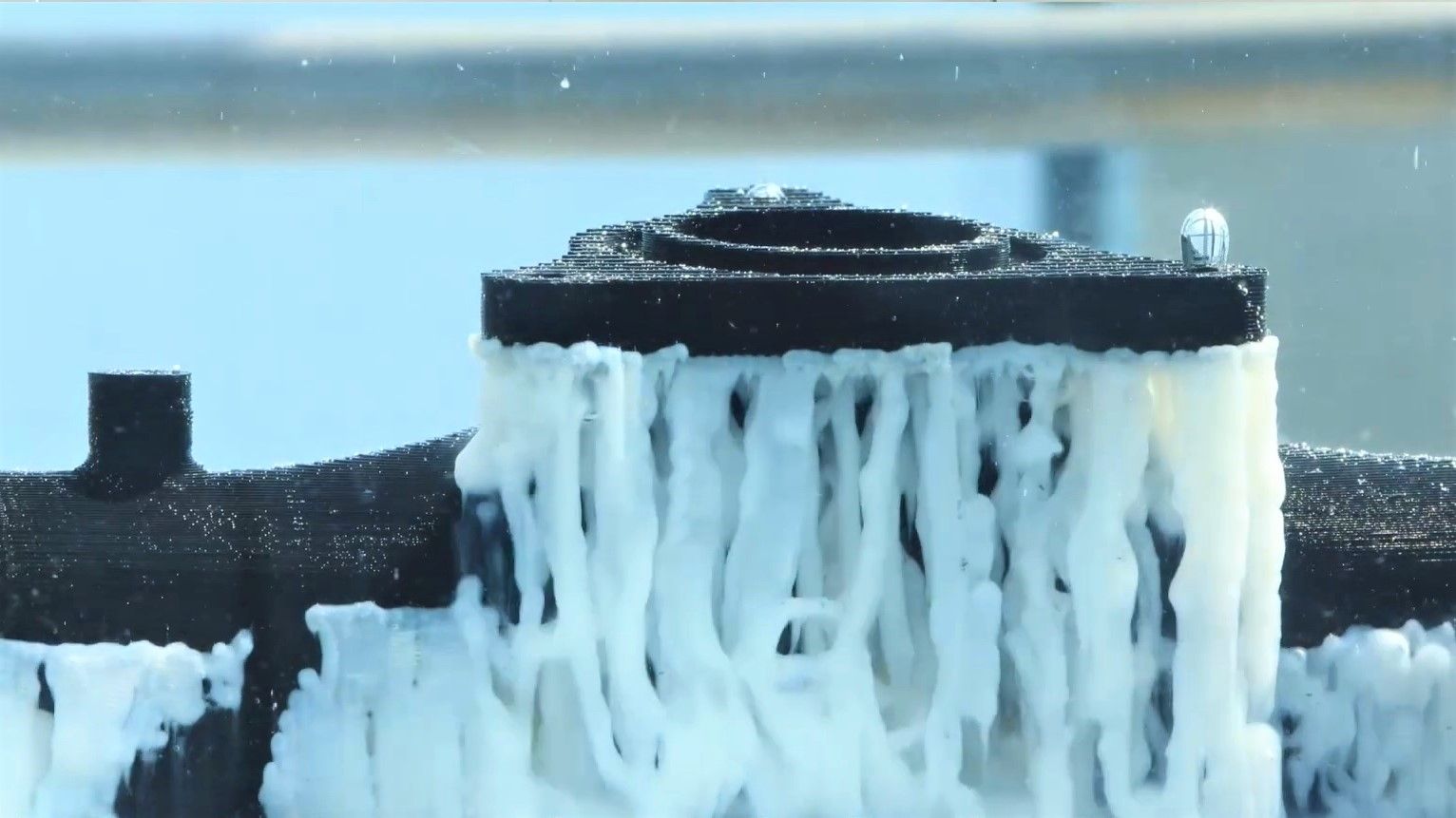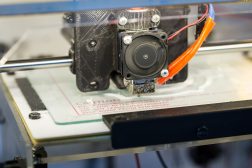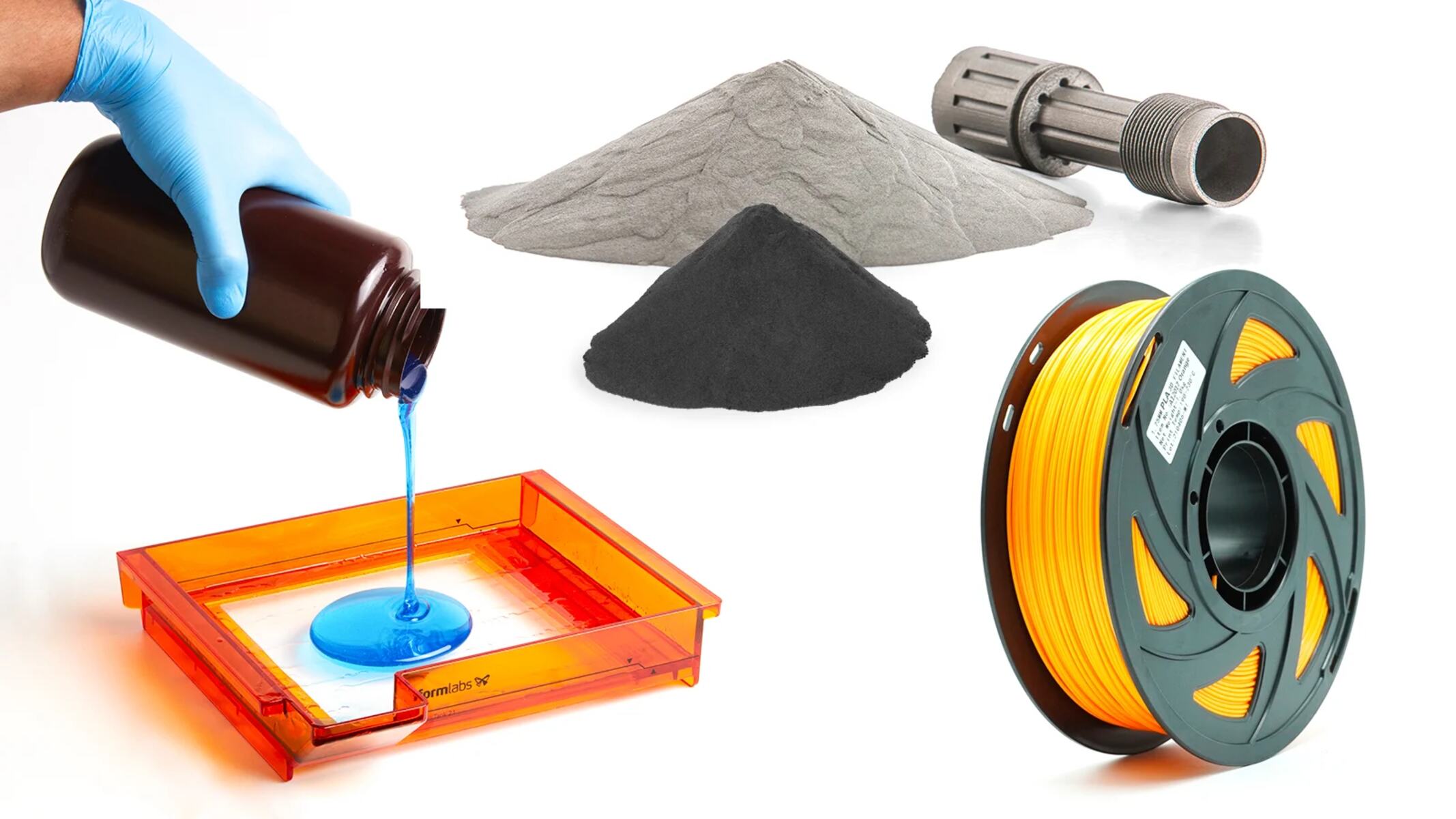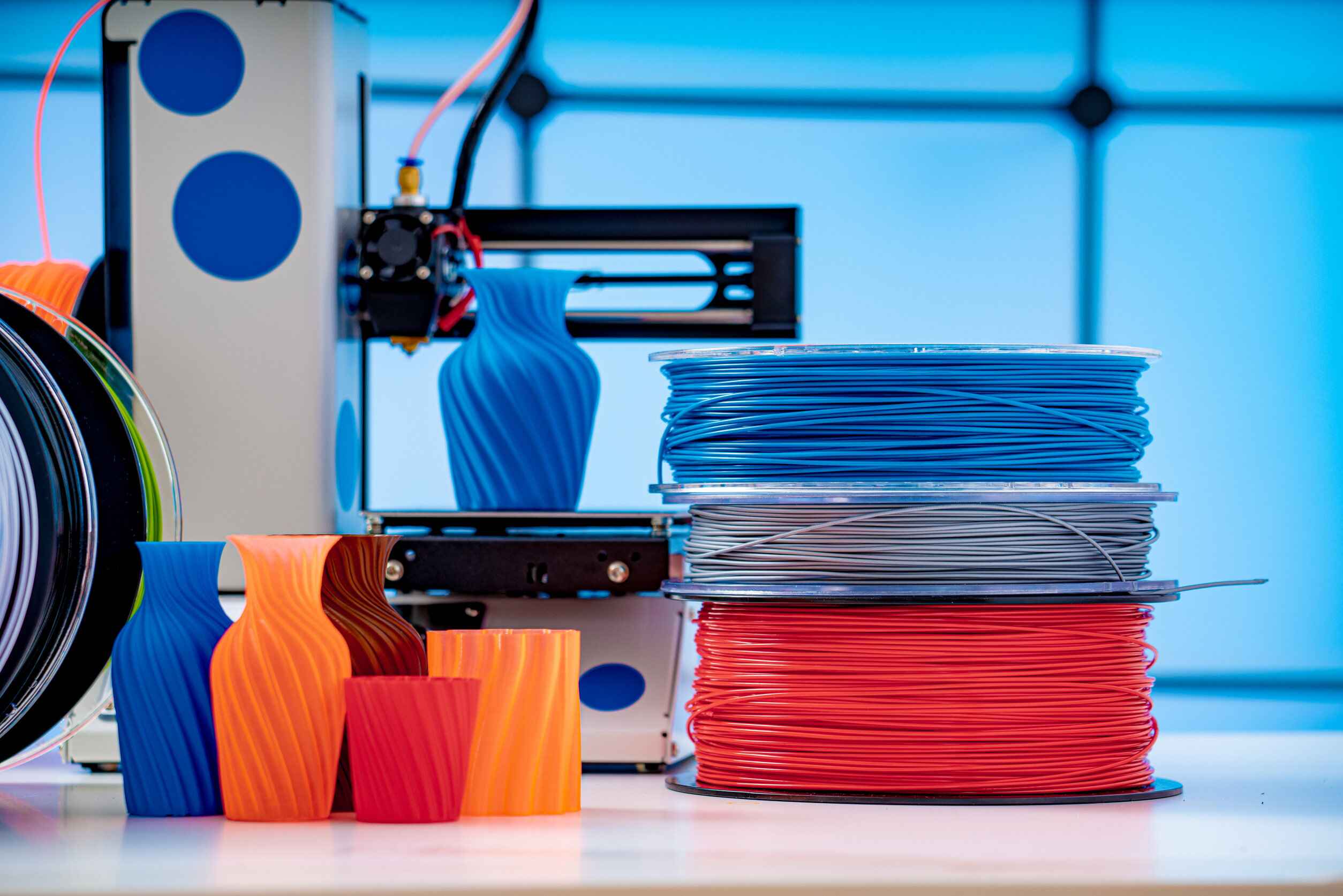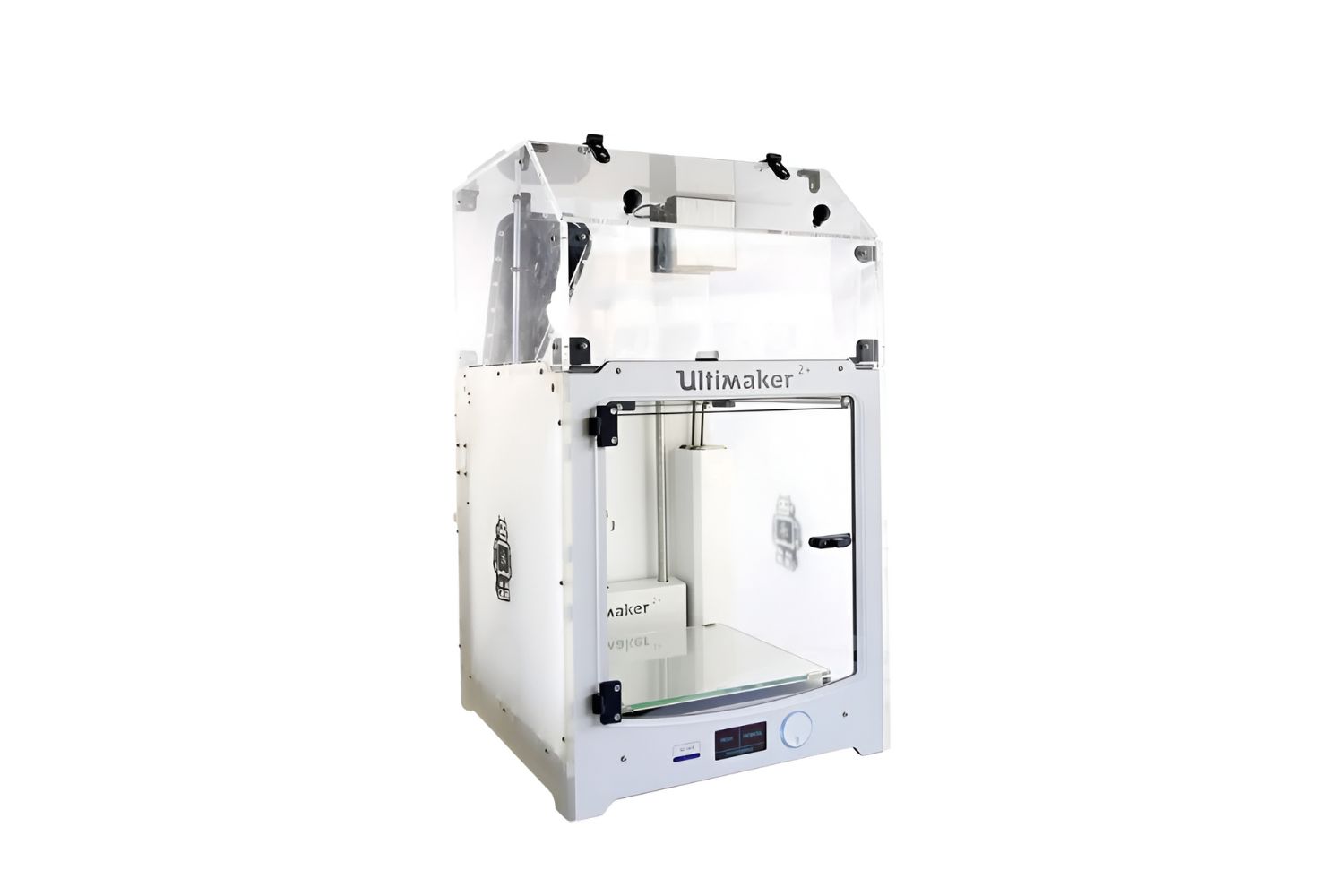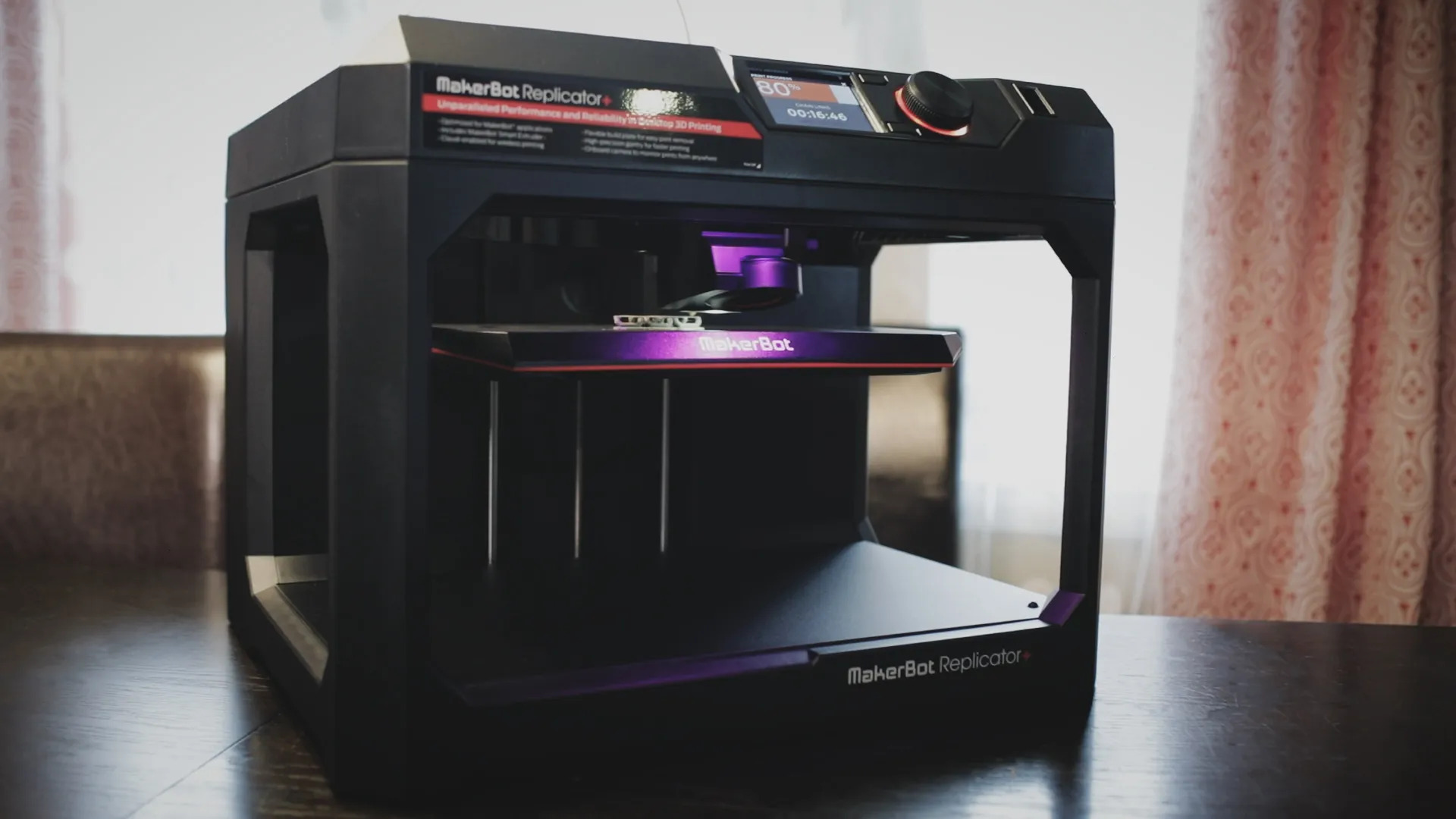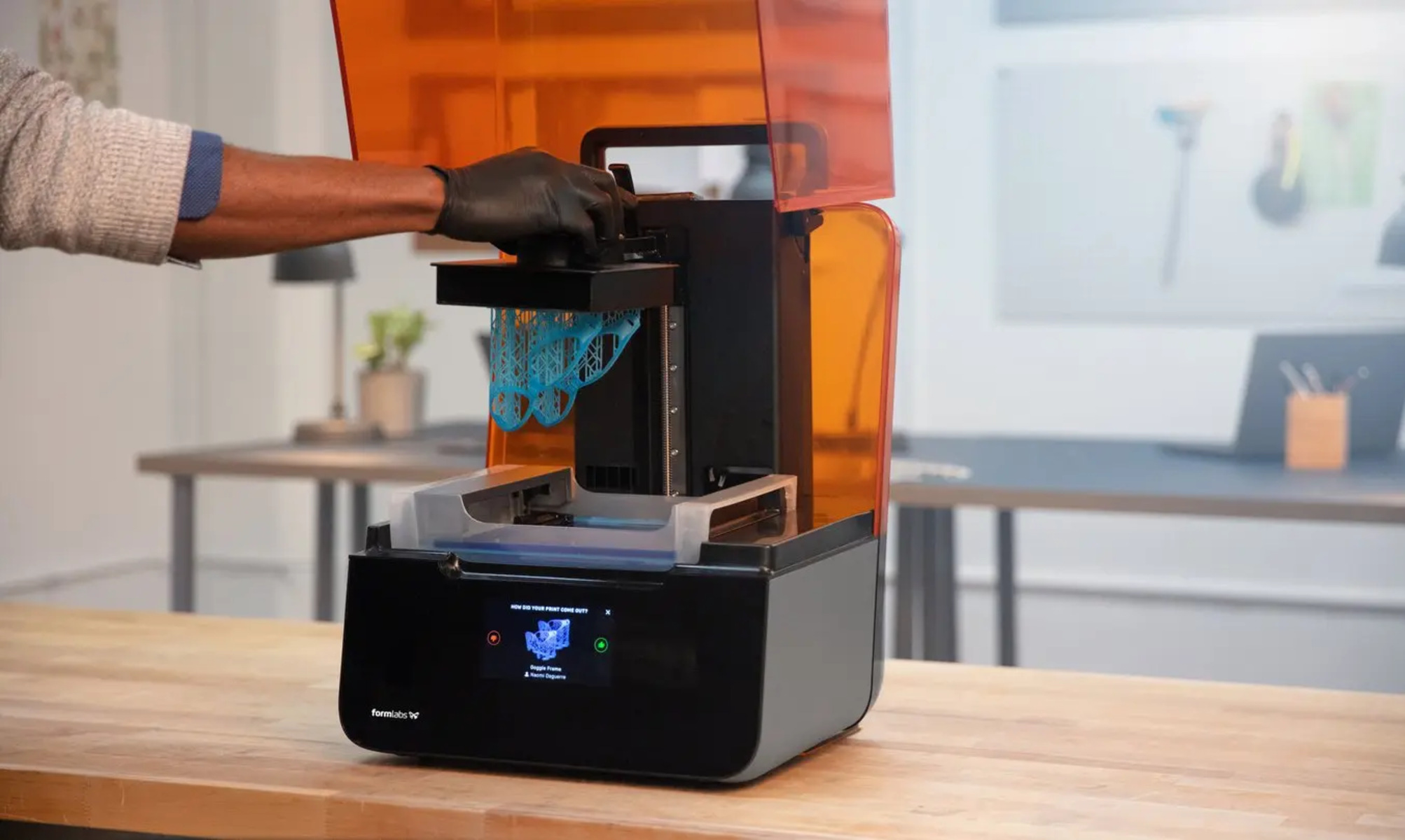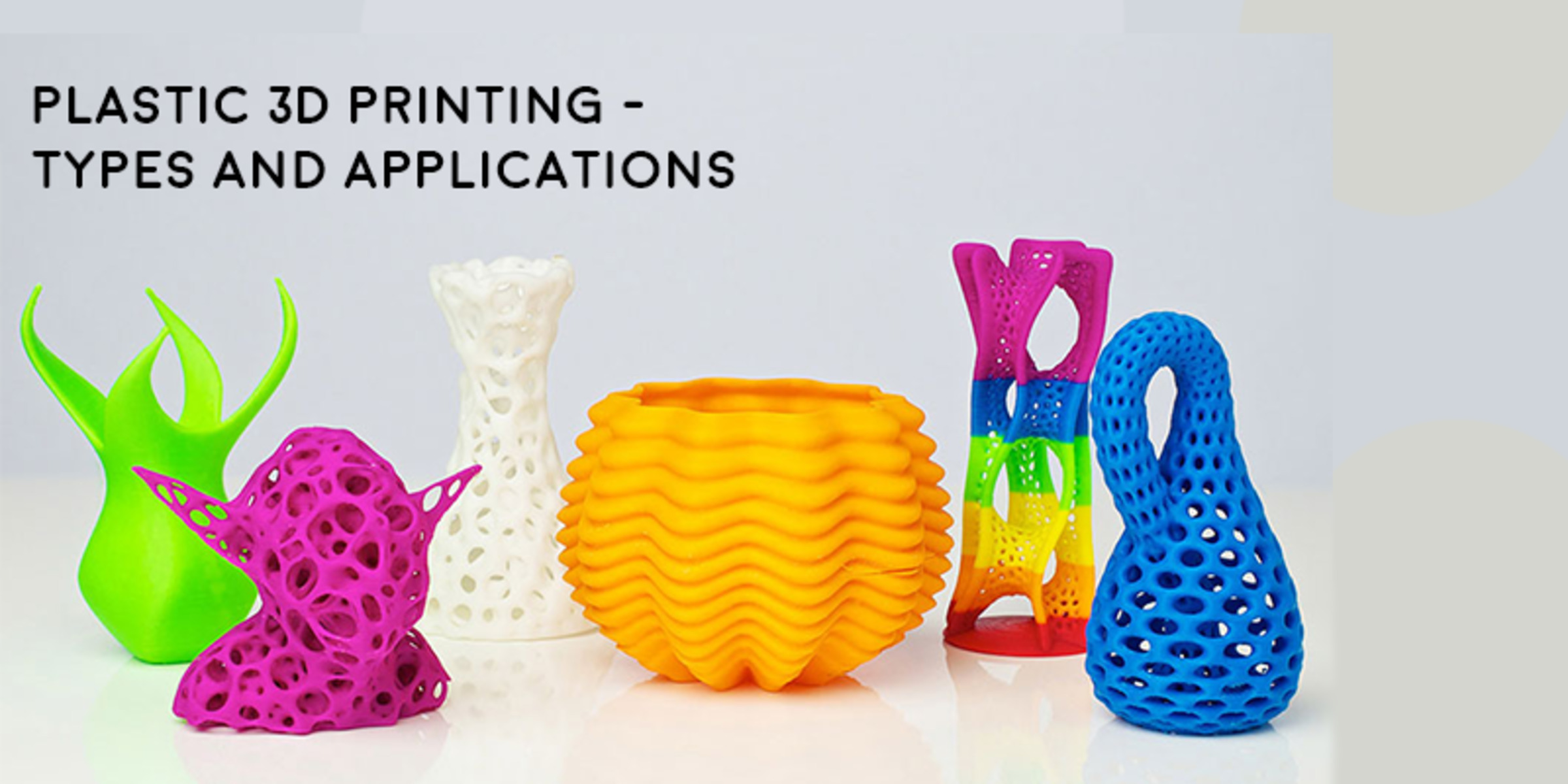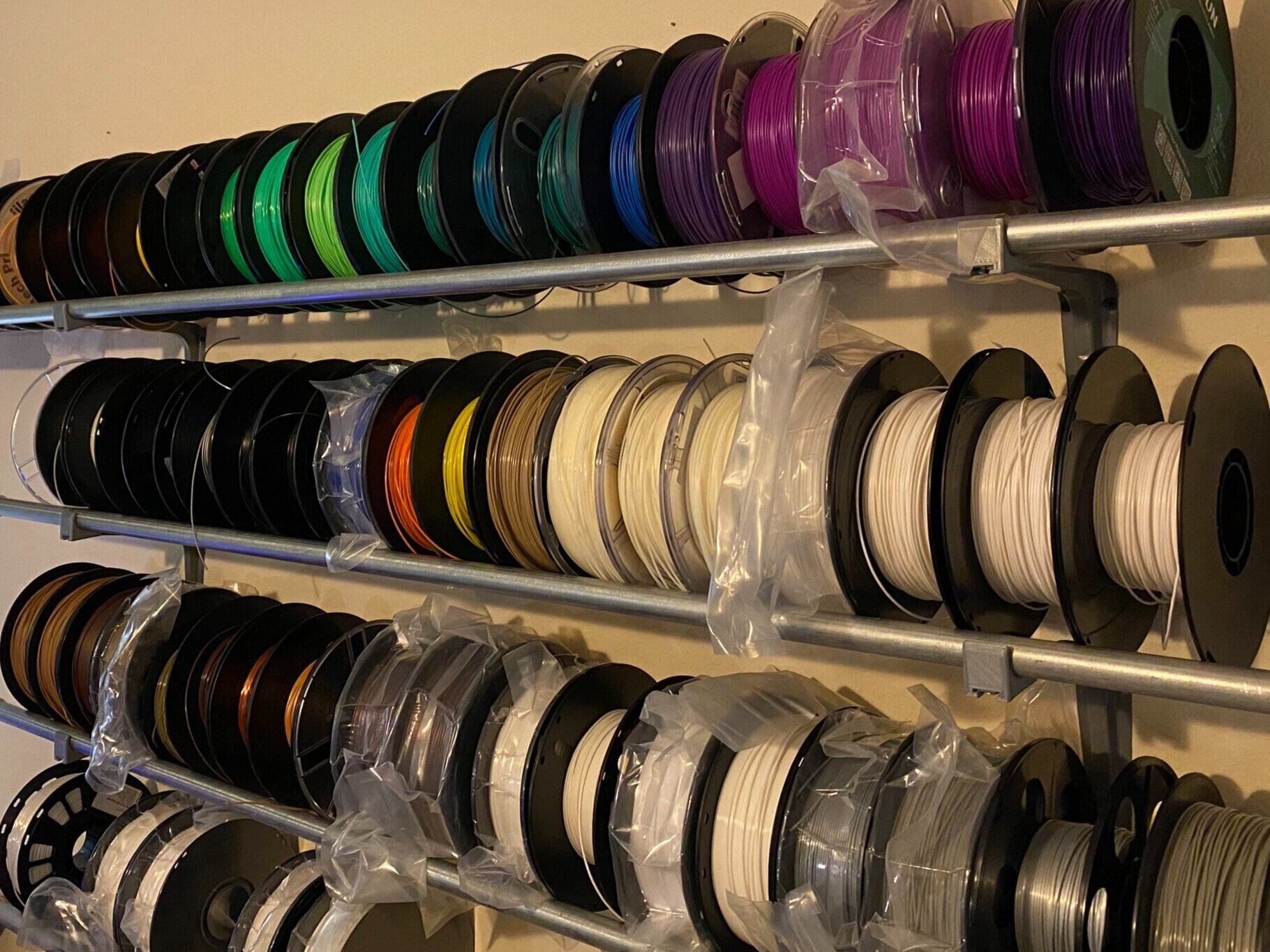Introduction
When it comes to 3D printing, there are various materials that can be used to bring designs to life. One such material is Polyvinyl Alcohol, commonly known as PVA. PVA is a water-soluble thermoplastic that has gained popularity in the 3D printing world for its unique properties. In this article, we will explore what PVA is, why it is used in 3D printers, how it works, as well as its advantages and disadvantages.
PVA is a synthetic polymer that is derived from petroleum. It is non-toxic, biodegradable, and has excellent adhesive properties. These characteristics make it a popular choice for a wide range of applications, including film production, adhesives, coatings, and more recently, 3D printing.
When used in a 3D printer, PVA acts as a support material for parts that have complex geometry or overhangs. It is compatible with various types of filaments, such as PLA (Polylactic Acid) and ABS (Acrylonitrile Butadiene Styrene), making it versatile and compatible with a wide range of projects.
The use of PVA as a support material in 3D printing eliminates the need for manual support removal, which can be time-consuming and may risk damaging the printed object. Instead, PVA can be dissolved in water, leaving behind a clean and precise final print.
In the following sections, we will delve deeper into the properties of PVA, its benefits, and considerations when using it in a 3D printer, as well as tips to optimize the printing process for the best results.
What is PVA?
Polyvinyl Alcohol, commonly abbreviated as PVA, is a synthetic polymer that is derived from petroleum. It is a thermoplastic, meaning it can be melted and reshaped when heated. PVA is characterized by its water-soluble nature, making it an ideal material for various applications, including 3D printing.
PVA is a versatile polymer that can be modified to suit different purposes. In its pure form, it is a white, odorless, and tasteless powder or granule. It has excellent adhesive properties and is non-toxic and biodegradable, making it safe and environmentally friendly.
One of the key characteristics of PVA is its solubility in water. When immersed in water, PVA molecules break down and dissolve, leading to a clear and viscous solution. This property makes PVA well-suited for use as a support material in 3D printing.
In addition to its water solubility, PVA also exhibits good film-forming properties. It can be used to create thin films or coatings, which find applications in the production of packaging materials, adhesives, textiles, and more.
PVA is available in different grades, each with varying degrees of polymerization and molecular weight. These factors influence the viscosity, strength, and other mechanical properties of the PVA material.
In the context of 3D printing, PVA is often used as a support material for complex or overhanging parts. It provides temporary structural support during the printing process and can be easily dissolved in water after printing, leaving behind a clean and precise final object.
The use of PVA as a support material in 3D printing significantly improves the manufacturing process by reducing the need for manual support removal, which can be time-consuming and tedious.
Why use PVA in a 3D printer?
There are several reasons why PVA is widely used as a support material in 3D printing:
1. Support for complex designs: PVA is especially useful for printing models with intricate and complex geometries or objects with overhangs that would otherwise require manual support structures. It can provide support for these challenging features, ensuring accurate and high-quality prints.
2. Easy removal: Unlike other support materials like ABS or HIPS, PVA can be easily dissolved in water. This means that after printing, all you have to do is submerge the printed object in water, and the PVA support material will dissolve, leaving no residue or marks on the final print. This simplifies the post-processing of 3D printed objects and saves time and effort.
3. Compatibility with various filaments: PVA is compatible with a wide range of filaments, including PLA, ABS, and more. This compatibility allows for greater flexibility in choosing the filament material for the main structure of the print while using PVA as the support material.
4. Smooth surface finish: PVA provides excellent surface quality when used as a support material. It adheres well to the main print material, ensuring a smooth and clean surface finish on the final object. This is particularly important for objects that require a high level of detail and precision.
5. Increased design possibilities: By using PVA as a support material, designers and creators can push the boundaries of what can be achieved in 3D printing. Complex and intricate designs that were previously challenging to print can now be realized with the help of PVA supports.
Overall, the use of PVA in a 3D printer enhances the printing process by providing reliable support structures that are easy to remove and leave behind a high-quality finish. It expands the possibilities for creating complex designs, making it an indispensable tool for many 3D printing enthusiasts and professionals.
How does PVA work in a 3D printer?
Understanding how PVA works in a 3D printer is essential to grasp its role as a support material. Here’s a breakdown of the process:
1. Preparation: PVA filament is loaded into the 3D printer’s extruder, typically in a separate nozzle dedicated solely to the support material. The printing software is then configured to recognize this separate nozzle and assign it the task of extruding the PVA during the printing process.
2. Printing: The 3D printer begins by printing the support structures using the PVA filament. As the main model is being printed, the PVA support material is automatically extruded at the necessary locations to provide support for overhangs, complex geometries, and any other areas based on the design specifications.
3. Layer bonding: As the layers of the main model are printed, the PVA support structure is designed to adhere to the main material, ensuring proper bonding between the layers. This adherence is critical to maintain stability and prevent any sagging or collapsing during the print process.
4. Water soluble property: Once the printing is complete, the 3D printed object, along with the PVA supports, is placed in a water bath or submerged in water. PVA is highly water-soluble, and the support structures gradually dissolve, leaving behind the main model intact.
It’s worth noting that the water temperature and agitation can influence the speed at which the PVA dissolves. Warm water and gently agitating the object can help speed up the dissolution process.
By using PVA as a support material in 3D printing, the printing process becomes more efficient and convenient. It eliminates the need for manual support removal, reduces the risk of damaging the final print, and allows for complex designs to be realized with ease.
Advantages of using PVA in a 3D printer
Using PVA as a support material in 3D printing offers various advantages that contribute to a smoother and more efficient printing process. Here are some key benefits:
1. Simplified support removal: PVA is water-soluble, making it incredibly easy to remove. After printing, simply soak the object in water, and the PVA support structures will dissolve, leaving behind a clean and precise final print. This eliminates the need for manual support removal, which can be time-consuming and can potentially damage the printed object.
2. Compatibility with different filaments: PVA is compatible with a wide range of filaments, including PLA, ABS, and more. This compatibility allows for greater flexibility in choosing the primary filament material for the main structure of the print, while using PVA as the support material. It enables users to explore various material combinations and optimize their prints for specific applications.
3. Excellent surface finish: When used as a support material, PVA adheres well to the main print material, resulting in a smooth and clean surface finish on the final object. This is particularly important for objects that require a high level of detail and precision. PVA supports can easily be sanded down or post-processed to achieve a professional and refined appearance.
4. Increased design possibilities: By using PVA supports, designers can push the boundaries of what can be achieved in 3D printing. Complex and intricate designs that were previously challenging to print can now be realized with the help of PVA support structures. This opens up new possibilities for creating detailed, multi-component objects with ease.
5. Time-saving: The use of PVA as a support material significantly reduces the time spent on manual support removal. Instead of painstakingly removing supports by hand, the dissolution process can be automated by simply submerging the printed object in water. This time-saving aspect is particularly beneficial for large or intricate prints that would otherwise require considerable effort to clean up.
6. Versatility: PVA supports can be used for a wide range of applications, including prints with complex geometries, internal cavities, overhangs, and delicate features. Its versatility allows for the creation of highly detailed and intricate 3D prints with ease.
Overall, the advantages of using PVA as a support material in 3D printing make it a valuable tool for achieving high-quality prints, reducing post-processing time, and expanding design possibilities. Its water solubility, compatibility with different filaments, and excellent surface finish make PVA a popular choice among 3D printing enthusiasts and professionals alike.
Disadvantages of using PVA in a 3D printer
While PVA offers several advantages as a support material in 3D printing, there are also some limitations and disadvantages to consider:
1. Limited compatibility with high-temperature filaments: PVA has a relatively low melting point compared to other materials used in 3D printing, such as ABS or PETG. This limits its use as a support material for prints that require high-temperature filaments, as the PVA supports may degrade or warp during the printing process.
2. Water sensitivity: PVA filament is hygroscopic, meaning it readily absorbs moisture from the air. This sensitivity to water can lead to issues such as filament swelling or clogging in the printer nozzle, affecting print quality. Proper storage and handling of PVA filament in a dry environment are necessary to prevent moisture-related problems.
3. Specialized printing setup: Using PVA as a support material often requires a dual-extruder 3D printer or a printer equipped with multiple nozzles. This specialized setup allows for the simultaneous printing of the main model with one nozzle and the PVA supports with the other. Not all 3D printers have this capability, limiting the accessibility of PVA as a support material.
4. Longer printing times: Printing with PVA as a support material can increase printing time compared to using traditional support materials like breakaway supports or rafts. PVA takes longer to dissolve compared to simply removing other types of supports manually, leading to extended print times for objects with complex geometries or significant support structures.
5. Higher material cost: PVA filament tends to be more expensive compared to standard filament materials used for the main model. As a support material, it contributes to higher overall printing costs, especially for prints that require a substantial amount of support material. Considering the cost of both the main filament and the PVA support material is essential when budgeting for 3D printing projects.
6. Environmental considerations: While PVA is biodegradable and non-toxic, its water solubility can raise concerns about its impact on the environment. The disposal of PVA wastewater requires proper management to prevent pollution and ensure compliance with local regulations. It’s crucial to handle and dispose of PVA support material and its byproducts responsibly.
Despite these disadvantages, the unique properties of PVA as a support material make it a valuable option for certain 3D printing applications. By understanding its limitations and working within its constraints, users can maximize the benefits of PVA while effectively managing its drawbacks.
Tips for using PVA in a 3D printer
When using PVA as a support material in a 3D printer, there are several tips and considerations that can help optimize the printing process and achieve the best results. Here are some useful tips:
1. Storage: Properly store the PVA filament in a dry environment to prevent moisture absorption. Use sealed containers or desiccant packs to maintain low humidity levels and preserve filament quality.
2. Dual-extruder setup: Ensure that your 3D printer is equipped with a dual-extruder setup or multiple nozzles, as PVA typically requires a dedicated extruder for printing the support structures simultaneously.
3. Printing temperature: Adjust the printing temperature for PVA based on the manufacturer’s recommendations. Optimal printing temperatures may vary depending on the specific brand and grade of PVA filament being used.
4. Print speed: Slower print speeds are generally recommended when using PVA as a support material. This allows for better adhesion between the PVA supports and the main print, resulting in increased stability and better overall print quality.
5. Support settings: Fine-tune the support settings in your slicing software to optimize the support structure’s density, pattern, and placement. Adjusting these parameters can help minimize the amount of PVA used and improve support removal efficiency.
6. Dissolution process: Take into account the desired dissolution speed and temperature when post-processing PVA supports. Warm water and gentle agitation can expedite the dissolution process, but avoid using excessively hot water, as it may affect the integrity of the main print.
7. Post-processing: After dissolving the supports, thoroughly rinse the printed object to remove any remaining PVA residue. If needed, lightly sand or polish the surface to achieve the desired finish and remove any imperfections left by the dissolved supports.
8. Experimentation: As with any 3D printing process, it may take some trial and error to find the optimal settings for printing with PVA. Experiment with different temperatures, layer heights, and support configurations to find the settings that work best for your specific printer and project.
9. Proper disposal: Dispose of the PVA support material responsibly according to local regulations. Properly managing the disposal of PVA wastewater is essential to prevent environmental pollution.
By following these tips, users can effectively utilize PVA as a support material in 3D printing, achieving high-quality prints and streamlining the post-processing workflow.
Conclusion
Polyvinyl Alcohol (PVA) has emerged as a valuable support material in the world of 3D printing. Its water-soluble nature and compatibility with various filaments make it an excellent choice for creating intricate and complex structures without the hassle of manual support removal.
PVA offers several advantages, including simplified support removal, excellent surface finish, increased design possibilities, and compatibility with different filaments. It simplifies the post-processing workflow, saves time, and enables the creation of detailed and precise prints.
However, there are also considerations to keep in mind when using PVA. Its limited compatibility with high-temperature filaments, water sensitivity, requirement for specialized printing setups, and higher material cost can be potential challenges. It is important to address these drawbacks and plan accordingly to get the most out of PVA as a support material.
In conclusion, PVA has opened up new avenues for creativity and design in 3D printing. Its unique properties offer a convenient solution for complex prints, allowing for stunning and detailed creations. By following the tips for usage and considering the limitations, users can maximize the benefits of PVA and achieve remarkable results in their 3D printing projects.







